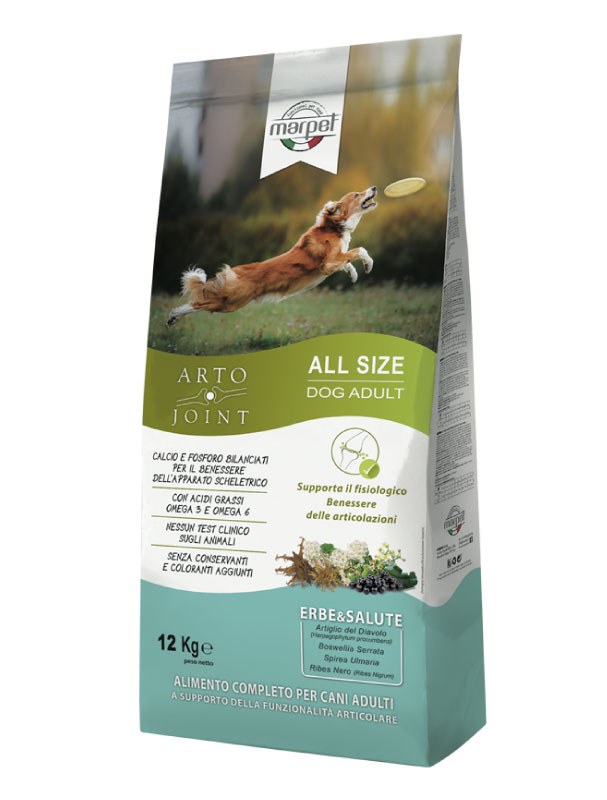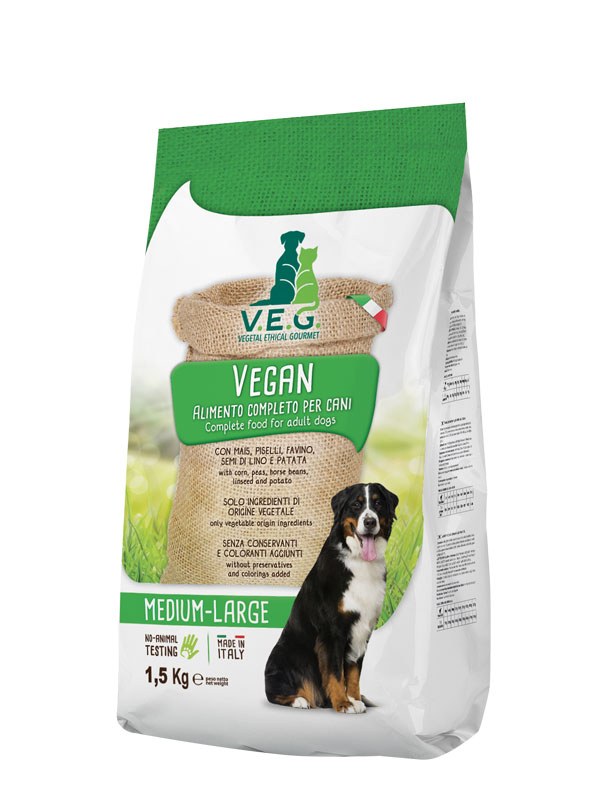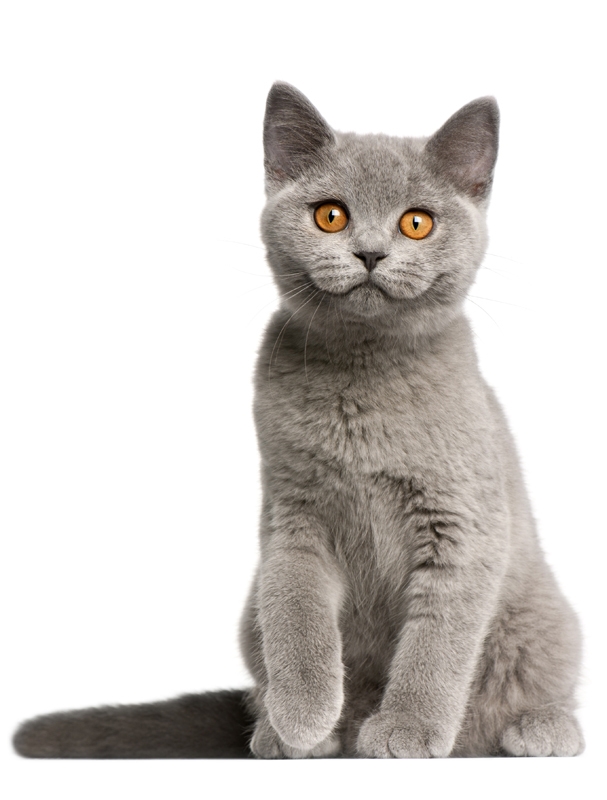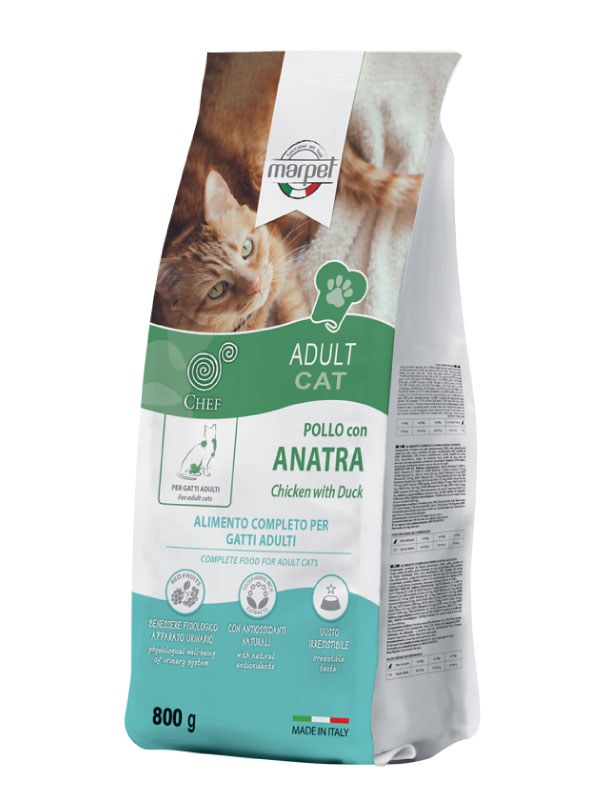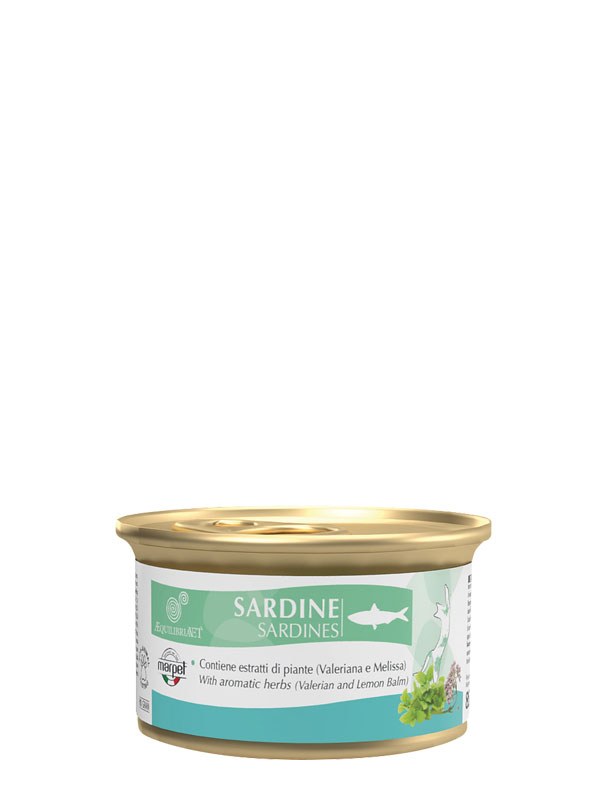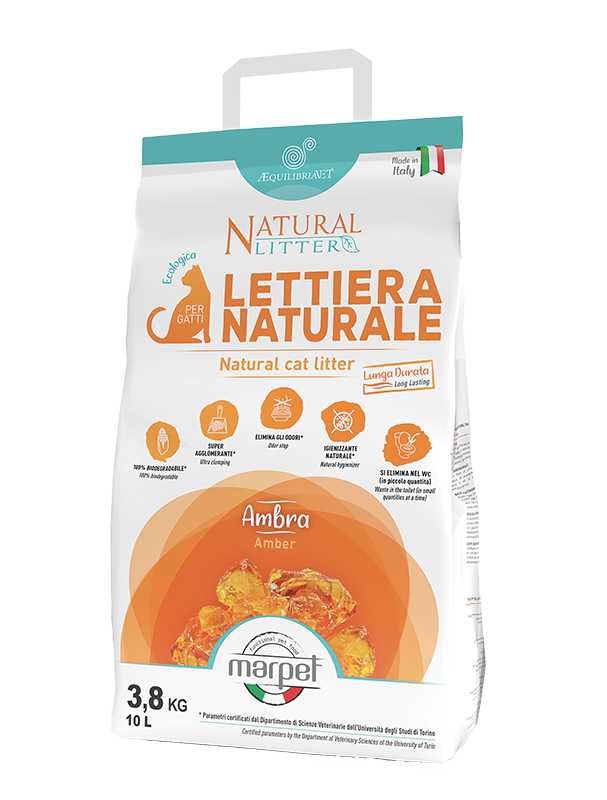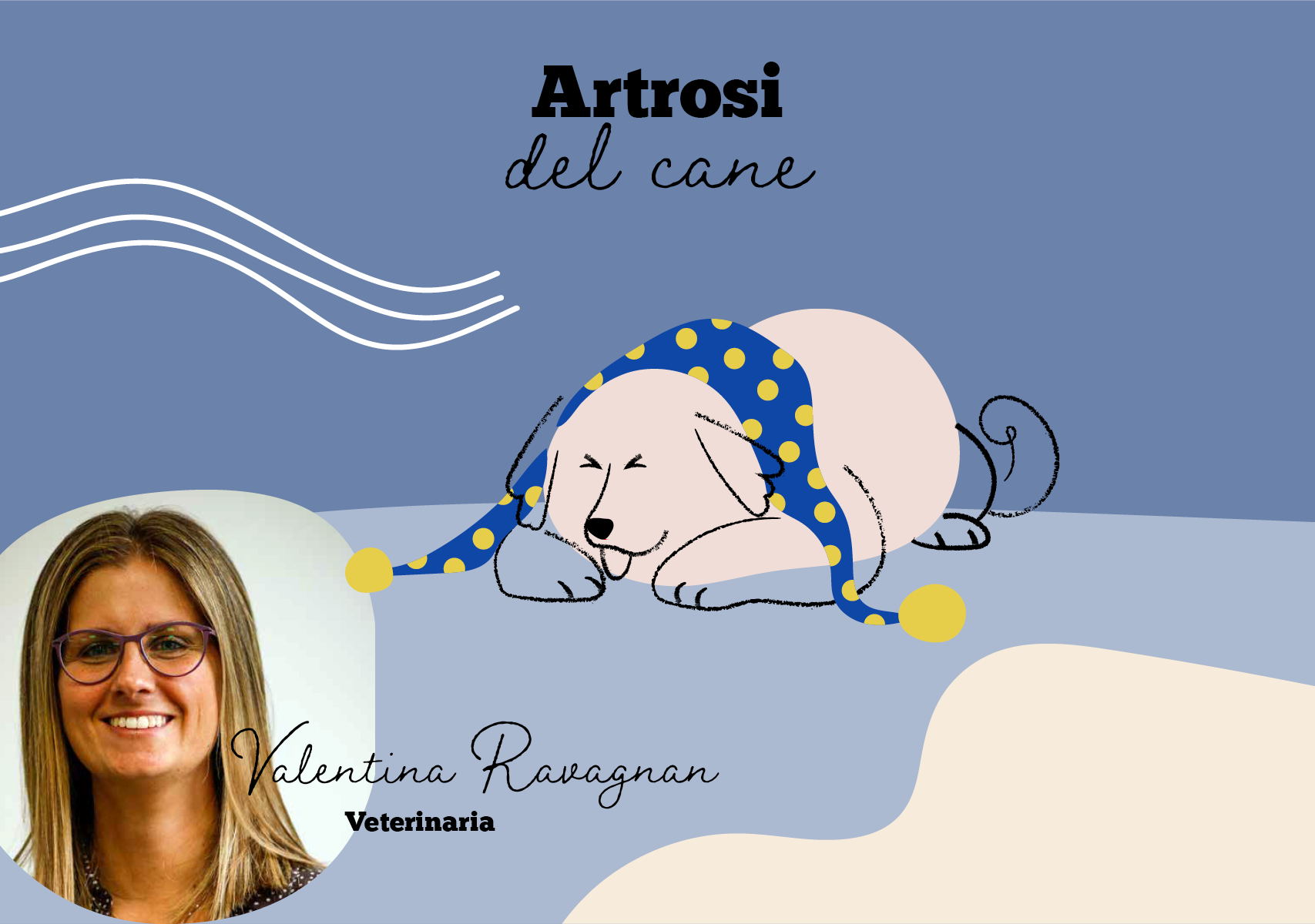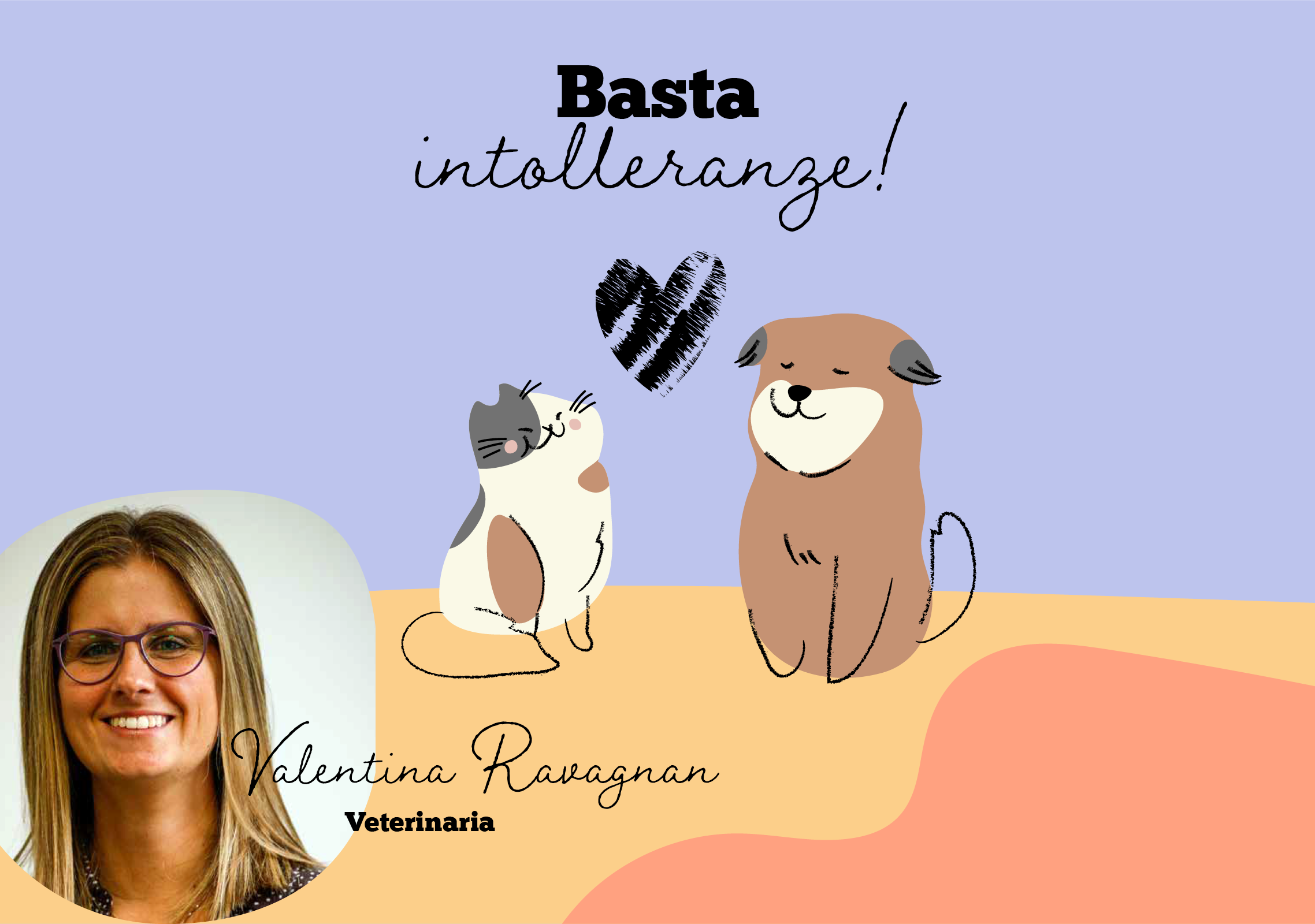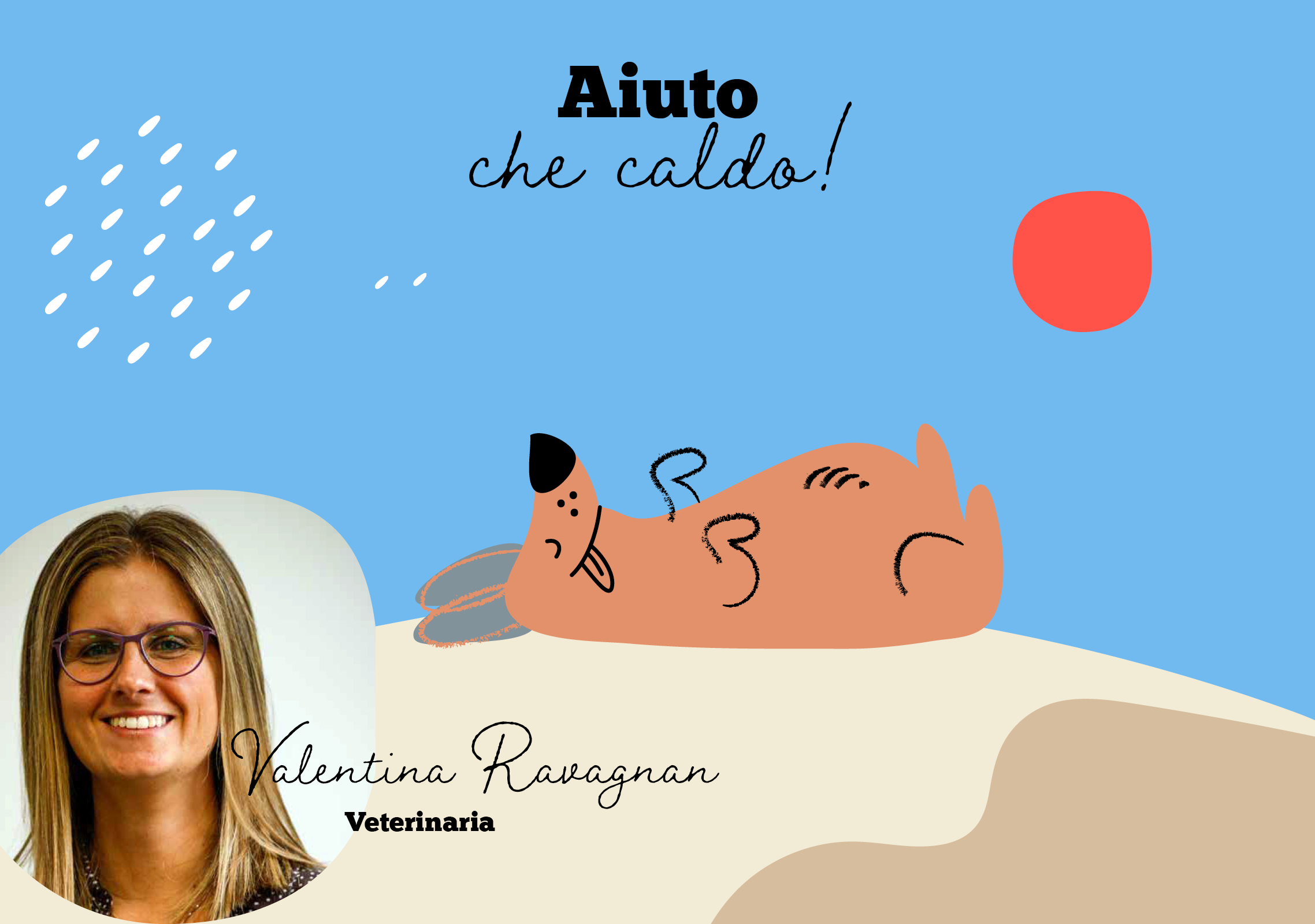CHRONIC KIDNEY DISEASE
Chronic Kidney Disease (CKD) is a subtle disease, not always easy to diagnose, because often when the symptoms are evident, they are already an indication of advanced disease. For this reason, annual screening is recommended for pets over 7-8 years of age.
This disease consists of a slow degeneration of kidney function (excretory and endocrine function), in particular of the nephrons: these functional units of the kidney deputed to purification (and not only) are first subjected to an inflammatory process, and then more or less gradually lose their function completely and are replaced by scar tissue.
Fortunately, however, the kidney has an exceptional ability to compensate; it can therefore continue to function for a long time without any noticeable symptoms.
Kidney failure in general can be of two types:
- Acute, i.e. with sudden onset, which can be caused by trauma, intoxication. Usually, this type of failure can be fatal if it is not diagnosed and managed quickly.
- Chronic, i.e. slower onset, can last for months or even years, leading to a masking of symptoms as the kidney gradually compensates for the loss of function. Typically, more than 75% of the nephrons are affected.
The causes of chronic kidney failure can be infectious diseases, neoplasms, inflammatory states, but also urinary stones and urinary obstructions (these causes are very common in cats).
The symptoms of chronic kidney failure are not so obvious right away. Usually, dogs and cats start to show increased thirst and increased urine output. These two symptoms are rather general and can also be attributable to other diseases such as diabetes. As the disease progresses, more important symptoms such as lack of appetite, vomiting, dehydration, ulcers and weight loss occur. All these are indicative of a state of intoxication in the cat due to kidney malfunction and the accumulation of substances in the blood such as nitrogen and urea.
There are four stages of kidney failure, depending on the severity of the pathology and the values of certain substances that are examined, including Azotemia, Creatinine and Proteinuria. Depending on the stage in which our dog or cat finds itself, it is possible to institute a type of therapy which, however, must be clear, will never lead to a complete cure, but rather to a better management of the patient, to reduce the progression of the disease, reduce the symptoms due to intoxication and give less workload to the kidney. The use of specific foods containing high quality, highly digestible protein and a low content of phosphorus and other minerals helps our four-legged friends not to overload their kidneys. In addition, there is increasing interest in the development of kidney supplements, often made from naturally occurring substances, which support the purification function of the kidney and alleviate certain symptoms, thus improving the quality of life of dogs and cats suffering from this disease. Recently, it has also been shown that mushrooms from traditional Chinese medicine such as Cordyceps and Reishi can be an excellent support for medical therapy.
Remember that early diagnosis of this disease is essential in order to be able to start supportive therapy from the earliest symptoms or even the first signs of kidney malfunction. This is why it is important to take your dog or cat for a check-up, especially when they reach a certain age, to assess whether any changes are already present with a simple blood test.
Always take care of their diet from a young age and visit your vet regularly - they will be grateful to you for the rest of their lives.
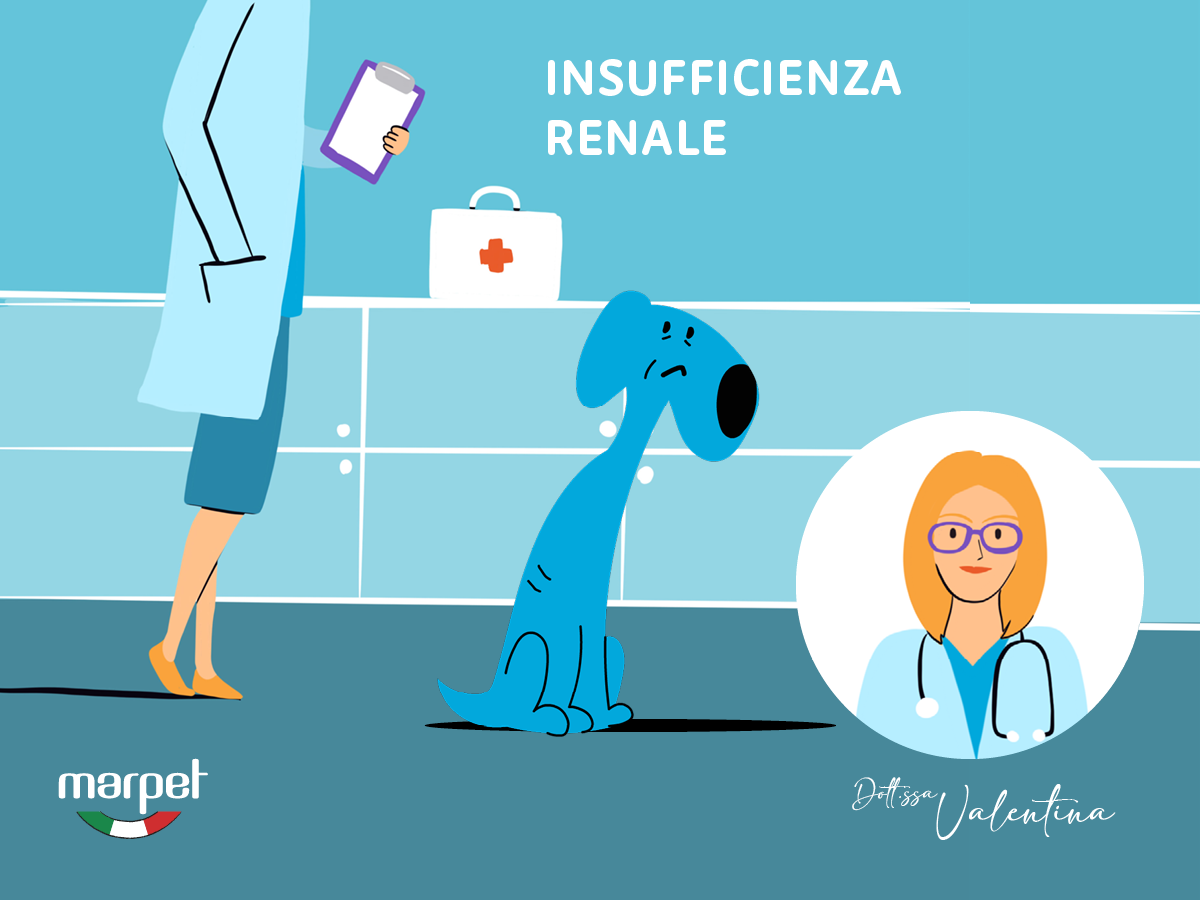
The arrival of autumn and the resulting cold weather is certainly a time of great interest for anyone with a dog or cat, especially if the animal is elderly or suffers from joint problems.
I prodotti monoproteici hanno preso parecchio spazio sugli scaffali dei nostri petshop preferiti. Ma cosa vuol dire alimento monoproteico?
Especially during the hottest months of the year, thermal changes and high temperatures can be really dangerous both for us humans and for our inseparable animal friends. What are the risks of so-called heatstroke? And what are the best ways to prevent its consequences? Let's find out together!


